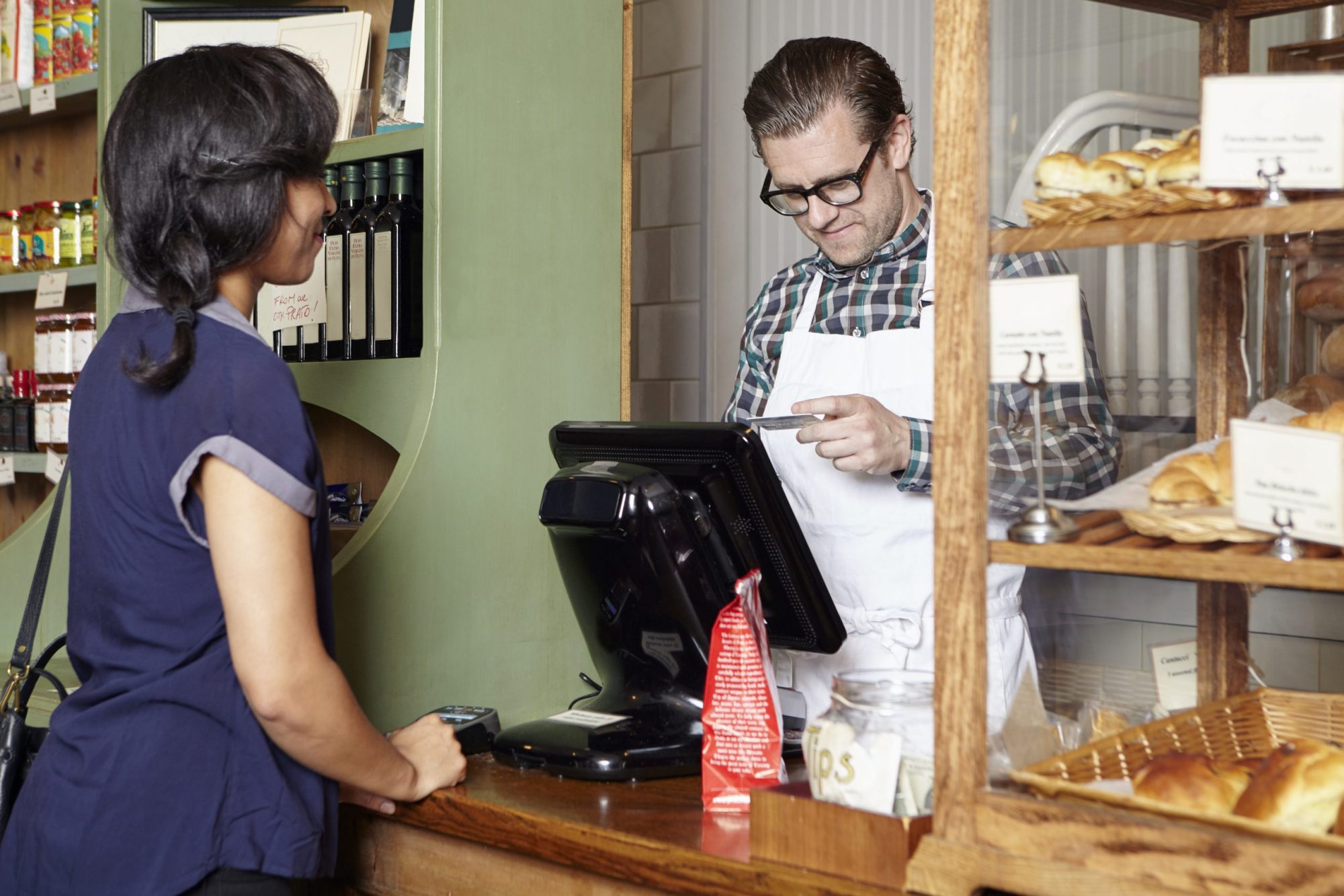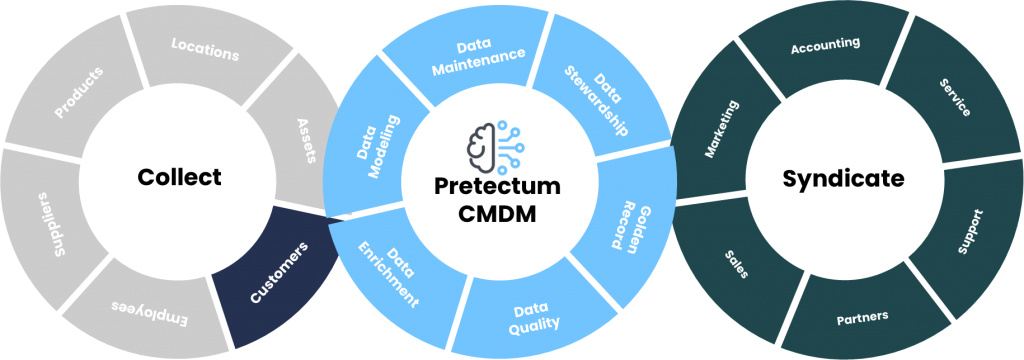The retail world has pivoted since the COVID-19 Pandemic in many parts of the world. Despite the fact that brick and mortar stores won’t entirely disappear, the nature of how businesses engage and transact with the public for the exchange of goods has transformed and will likely evolve further.
The impact has been palpable and pervasive; home delivery services for groceries, fast food and the like have mushroomed, accompanied by the proliferation of services and mobile apps and websites to support order capture. Vendors have had to either build or buy services to integrate and the impact on the back office has been varied.
Market analysts even say that the e-commerce industry itself will be one of the biggest beneficiaries of the coronavirus pandemic. Penetration rates, which are currently at around 15%, are expected to increase to 25% by 2025 (MarketWatch, 2020). A 67% increase in a short five years.
Product and service vendors have never before had this much opportunity for insight into customer behaviour and the same time the opportunity to influence what others will buy or use. The opportunity is extraordinary for those who are ready to seize it and who have the data and intent on gathering data.
It is important then, to consider the impact that all this has on the potential for customer retention and loyalty. Consumers have even more choices now, and their decision to buy is going to be influenced by product and service availability, price, past and anticipated quality and brand and business placement.
All indications in industry statistics suggest that existing customers may easily jump ship in response to finding your price higher than that of others for ostensibly generic goods and services or as a result of a bad purchase experience.
Conversely, if your business makes bold use of testimonials, has a high upvote or customer satisfaction rating on shared platforms and has good reviews, then the chances of you poaching customers from others is greater. You also have better potential in building a larger loyal customer base and being placed higher in search rankings
There is a lot of noise and interference to now contend with, as a consumer, so this makes attracting new customers increasingly difficult – will they hear your message? The choices are plentiful and unless you have a niche offering, quality is potentially less impactful. Where you are likely to really win, is on message, a customized and closer interaction experience with your customers and superior service and strong past customer recommendations and reviews.
Brand becomes of heightened importance
Customer actions, a product or service or vendor rating, the use of referrals and referral concessions and coupons, social media sharing, viral brand-related content sharing and advocacy- they’re all super important under ordinary circumstances.
With at least 10% of any given workforce now potentially working from home or in a hybrid setting at least, there is much more of an opportunity to get their attention. Using these elements of how people express sentiment and their favour in relation to brands is essential to build and understand.
These same customers will be looking for personalization of every interaction that they have with your brand – In 2018 Bazaarvoice found that 50% of shoppers felt a personalized online experience is important. Almost three-quarters of marketers around the same time, according to Evergage, also believe personalization has a “strong” or “extreme” impact on advancing customer relationships.
The demographic of your customers likely will also be different to what you might have had in conventional retail. For example, a 2020 Shopify survey found that two out of every three (67 percent) consumers aged 18 to 34 are spending more money purchasing items online now than before the pandemic; their behaviour has therefore changed.
There has been a change for older age groups too. Consumers from 35 to 54 years of age increased their online shopping expenditure by 57% and 41% for consumers aged 55 and above.
To achieve an understanding and develop a customer brand advocacy program your business needs data to help identify advocates and influencers and unpaid spokesmen and referrers. The best bet for building and managing this data is by using a centralized customer master data management system like that offered by Pretectum.
You’ll want to take the data that a customer provides you with and harness it for future communications, to extend offers, provide promotional messages and of course, hone, refine and customize the customer’s experience every time they visit your website, your storefront or a system that you have, that they might need access to. A solid execution plan will have this data held centrally in a hub that disseminates it to whoever and wherever it needs to be; webshop, support portal, billing system and even point of sales and mobile app.
With the Pretectum CMDM your business has the flexibility of deciding what you want to track and of course who you want to track and why.




